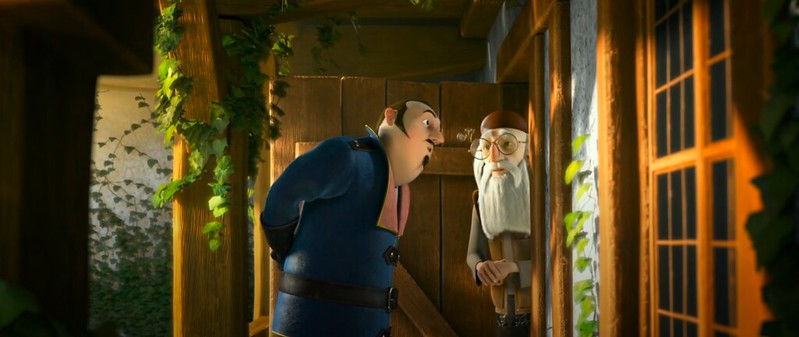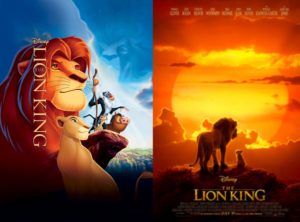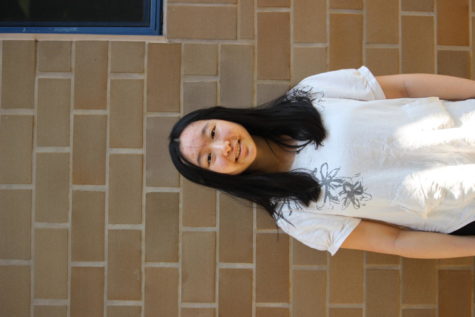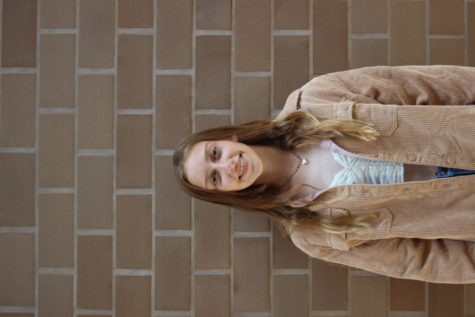Pinocchioverse: The terrifying start of a new era
screenshot from the movie “Pinocchio: A True Story”
Warm lighting and subsurface scattering give a realistic feel to the beginning of “A True Story.”
May 7, 2022
The gay Pinocchio. The yassified Pinocchio. The Pinocchio that slayed. From the constant barrage of TikToks, it feels as though the new take on the titular puppet in “Pinocchio: A True Story” is the only incarnation of the beloved uncanny-valley wooden doll that’s ever existed.
It’s always slightly jarring to see a remake of a children’s classic made to fit current times, and Pinocchio is no exception. After all, it’s already a bizarre story among fairy tales.
The original Pinocchio, starring in Carlo Collodi’s classic novel of the same name, was nothing short of a “rascal,” a “scapegrace” and a “ragamuffin.” This puppet lacks the charm and unique personality of his future counterparts, making for a strange origin for the now-beloved character. This Pinocchio’s quest to become a real boy leads him to realize that to be a human is to be kind. Only through bettering himself does the first Pinocchio find his humanity. It’s your classic children’s story that includes accidental murder, double-crossing, hanging, attempted murder, a broken justice system, faked deaths, exploitation of labor, animal abuse and an iconic but unnamed asthmatic dogfish that Disney’s Pinocchio changed into today’s better-known whale.
Nearly every adaptation has deviated from some of the more interesting elements of the original story. It wouldn’t be in good faith to compare them to the source material, as the Pinocchio cemented in popular culture could not be more different from his first iteration.
Straying from the known take on the puppet might be the only thing “Pinocchio: A True Story” has in common with its predecessors.
Even so, “Pinocchio: A True Story” is unnerving and every scene makes me question the numerous deviations from the original story. The most obvious was a severe lack of whales or any sort of marine life that eats any of the characters, which is an essential part of a good Pinocchio. They may as well have created a whole new fairytale. The most disappointing change is that Pinocchio doesn’t have a nose that grows when he lies. “Pinocchio” literally means liar. It’s the basis of his story. Why would the writers change this detail? Taking this crucial aspect away turns Pinocchio into a Rapunzel-type story, where his only wish is to see the world.
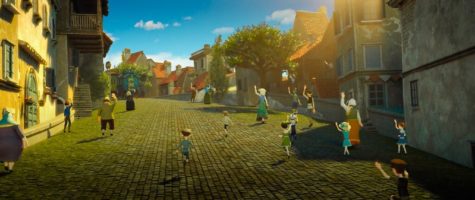
The animation is higher quality than expected, but still not very good — and whenever it was good, it was inconsistent. The shading feels flat, especially as the movie goes on, and the detailed lighting that made the first ten minutes of the movie feel warm begins to look like plastic. There are moments when the details in the rendering, like scratches in a leather chair and rust around a metal lock, feel wonderful and alive. These moments are few and far between. Other details like ripples in a water fountain are likewise gorgeous, but disappear between cuts, reflecting an overall lack of consistency and quality control in post.
This all contributes to how camp this version is because even though these elements on their own are awful, somehow it comes together in a weirdly memorable (and memeable) way. Honestly, it is very cute, though, and even though the voice acting isn’t the best there are some pretty good lines, most of which have made their way into various social media. The comedic timing for “The real clown is you, Pinocchio, because you believed them!” and “Mamma Mia! A wooden boy! [gunshot]” are impeccable and wholly memorable parts of the film, even if they weren’t intended for comedy. The entirety of the film is far funnier during the parts that aren’t made to be jokes, which has its own sort of charm.
The film lacks any sort of traditional morality play aspects that feature so heavily in earlier versions. Unfortunately, this film needed to be one. Pinocchio leaves his father for a girl he’s known for five minutes, and then proceeds to argue several times with his talking horse best friend / father figure / sidekick Tybalt, who functions as a voice of reason urging him to return home. Even the morals Tybalt espouses are empty. Tybalt literally teaches Pinocchio consent, which is always welcome, but he proceeds to be very dismissive and condescending to Lyusilda, the fairy that makes Pinocchio alive, while trying to convince her to make him human.
The movie even negates its own message about humanity by making the Blue Fairy, Bella, a token romantic interest that is treated more as an object for Pinocchio’s journey rather than a person.
The star of the movie, however, is still the voice-acting. Every so often, someone will say a line that is utterly lacking in emotion in the middle of an emotional scene, which, on top of being hilarious, completely ruins any immersion that could have slipped through the jerky animation. All the characters speak with an unidentifiable accent that varies every several minutes. Pinocchio’s accent is a hybrid of Australian and British and something that’s an utter mystery. The mafia boss antagonist Modjafocco has a Californian surfer accent that he drops whenever he wants to say something in Italian, which is just about as jarring as it sounds. But the mishmash of accents aren’t even a bad thing. The way the voice actors enunciate the names of the characters have a pleasing cadence to them, and even when the voice acting is done poorly, it’s all the better for enjoying in a this-is-so-terrible-it’s-good kind of way.
Ultimately, the movie is a really good concept that the creators fail to live up to or carry out with half the care it deserved. The modern jokes are a little jarring since it’s a very sentimental traditional film at its heart. Bella is treated like a glorified plot device. It’s nothing new, but if you enjoy coming of age and the classic Disney Pinocchio, you’ll like this one.
Otherwise, I suggest just watching the first ten minutes and treating it like a short, as the animation quality proceeds to all but sprint downhill from there. The insistence on romance in the later half does both Bella and Pinocchio dirty by reducing her to little more than a reward to drive Pinocchio’s narrative, and his exploration of what it means to be human to a crush.

